Mark of time
To clearly feel the scale of development today, we need to look back at the difficult starting point of the past. After the liberation day, Lao Cai's transportation system was still poor, bearing the mark of the primitive period. Especially, in 1991, when the province was re-established after 16 years of merging with Hoang Lien Son and suffering the heavy consequences of the 1979 border war - Lao Cai faced a starting point full of ruins and challenges.
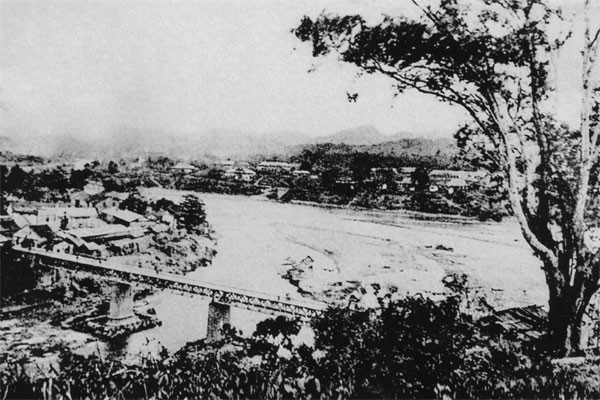
It was a “painful traffic picture” of ruins and desolation due to the legacy of war: more than 300 km of roads and 40 bridges were destroyed. Key bridges such as Ho Kieu, Lang Giang, especially Coc Leu - the only bridge connecting the two banks of the provincial town were all destroyed. The Pho Lu - Lao Cai railway line was seriously damaged.
The isolation was not only between provinces but also within the province. At that time, 54 out of 180 communes had no roads to the center. The journey of more than 300 km from Hanoi to Lao Cai, whether by road or rail, took up to 20 hours. The whole province had only one transport company with only 19 vehicles, with almost zero transport capacity. Transportation had almost returned to pre-modern times, becoming the biggest obstacle on the road to recovery and development.
The era of century-old boulevards and bridges
From a starting point of almost zero, Lao Cai had a strategic decision, maintained through many terms: "Transportation must go one step ahead".
The dramatic transformation begins here.

The historic boost named Noi Bai - Lao Cai Expressway, put into operation in 2014, opened a new era for the borderland. With a length of 154.12 km passing through the (new) province, the expressway is considered the "backbone" connecting the Northwest region with the delta, immediately repositioning Lao Cai on the national economic map. The arduous 20-hour journey from Hanoi to Lao Cai in 1991 is now only 3-4 hours. Geographical and psychological barriers - once the biggest bottlenecks for investment and tourism - have been officially removed.
The next turning point is the merger of Yen Bai province into Lao Cai province from July 1, 2025, creating a completely new look, not only in terms of administration but also in terms of infrastructure scale. The transportation system of the (new) Lao Cai province today is a large-scale network, clearly reflecting the great progress after more than three decades. The whole province currently manages nearly 18,000 km of roads, including 944.2 km of national highways (9 routes), 1,425.3 km of provincial roads (27 routes), 2,097.4 km of district roads and 13,533.7 km of communal roads - an impressive development picture.
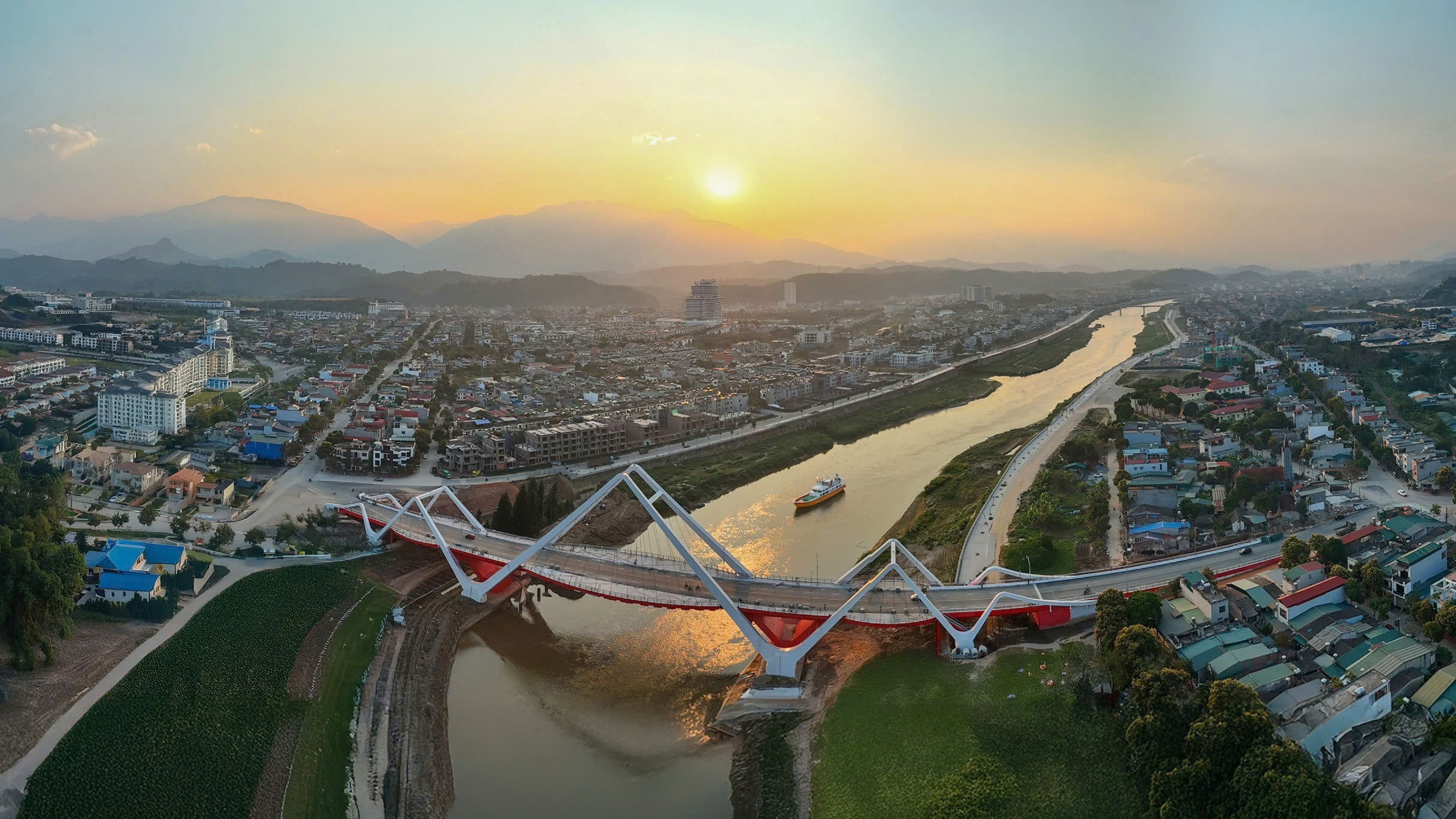
This giant network is "woven" by strategic projects. If the highway is the "axis", the province has shown a sharp vision in developing connecting "spokes". A series of key projects have been deployed in both (old) areas. A typical example is the Highway Connection Project to Sa Pa with the highlight being Mong Sen Bridge - the overpass with the highest pylon in Vietnam, solving the bottleneck of National Highway 4D. Along with that is the route connecting National Highways 37 and 32C with Noi Bai - Lao Cai Highway in the Yen Bai area (old), creating new development axes.

The biggest contrast is probably in the bridges. From a single Coc Leu bridge, fragile and destroyed many times, up to now, the whole province owns a modern bridge system. In Lao Cai city alone (old) is a chain of 6 majestic bridges: Coc Leu Bridge (rebuilt in 2009), Pho Moi Bridge (2002), Kim Thanh Bridge (2009) serving international trade, Giang Dong Bridge (2015), Lang Giang Bridge (2022) and Phu Thinh Bridge (2023). Along with that are large bridges in the Yen Bai area (old) such as: Yen Bai Bridge (1990), Mau A Bridge (2001), Van Phu Bridge (2002), Trai Hut Bridge (2008), Tuan Quan Bridge (2015), Bach Lam Bridge (2016), Co Phuc Bridge (2019) and Gioi Phien Bridge (2021) that have broken the separation of the Red River. From a bottleneck, the rivers have become the axis of the developing landscape.
Bloodline changes destiny
Modern transport infrastructure has become a launching pad for strong socio-economic breakthroughs. The numbers are the most convincing evidence for this spectacular transformation journey.
If in 1991, Lao Cai was in difficulty, then by 2024, the average GRDP per capita is estimated to reach 97.5 million VND. In particular, after the completion of key infrastructure projects, the economy continues to break through. In the first 9 months of 2025 alone, the total import-export value reached 2.286 billion USD. Tourism boomed with 8.7 million visitors (cumulative 9 months of 2025)
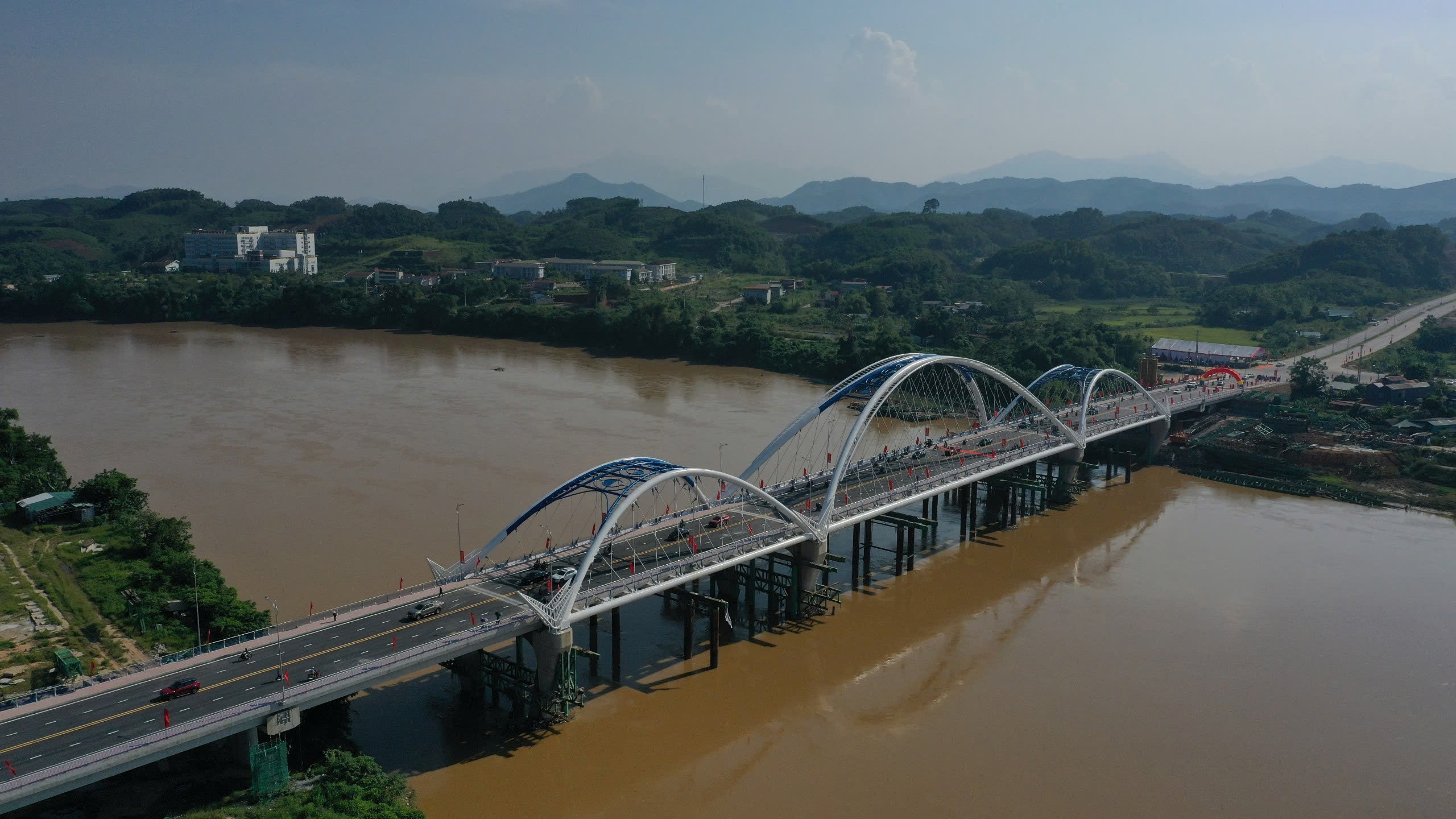
More importantly, the transport revolution has changed the face of the countryside. 54 previously isolated communes now have motorable roads to the centre. The roads not only bring goods and tourists, but also bring health care, education and community cohesion to each mountainous and border village.
Aspiration to reach far
The 75-year journey has not stopped yet. Lao Cai is facing a new chapter, creating a multi-modal transportation ecosystem. That is Sa Pa Airport with a total capital of nearly 6,949 billion VND, promising to open a "door" to the sky, attracting high-class tourists.

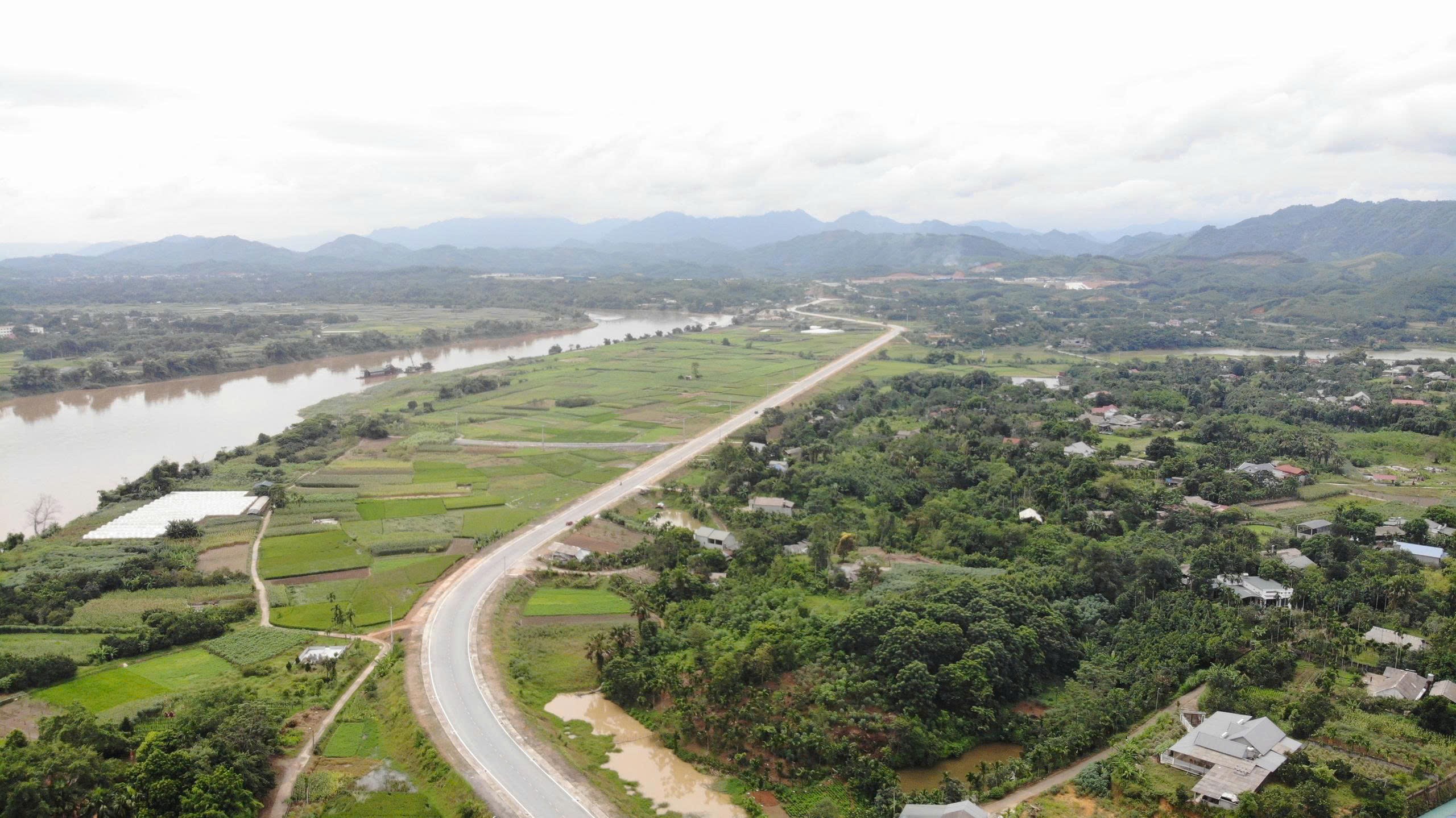
That is the next historical push "named" the Lao Cai - Hanoi - Hai Phong standard gauge railway with a total investment of more than 203,000 billion VND, expected to start construction at the end of 2025. This strategic project will position Lao Cai as a key link in the intercontinental logistics chain, opening up a completely new development space.
From the beaten paths of the past, Lao Cai has created avenues of trust and integration. Over the past 75 years, from a forgotten outpost, Lao Cai today has grown strongly, affirming its position as a dynamic connecting center - the traffic heart of the Northwest region.
Source: https://baolaocai.vn/tu-duong-mon-lich-su-den-cao-toc-vuon-xa-post885759.html


![[Photo] Prime Minister Pham Minh Chinh chairs the second meeting of the Steering Committee on private economic development.](https://vphoto.vietnam.vn/thumb/1200x675/vietnam/resource/IMAGE/2025/11/01/1762006716873_dsc-9145-jpg.webp)





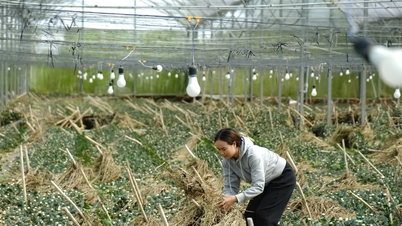



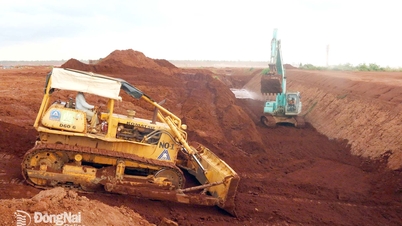



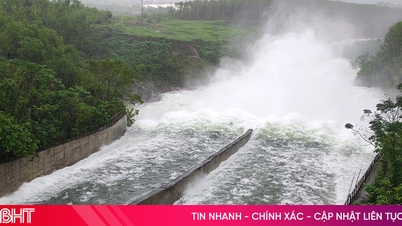






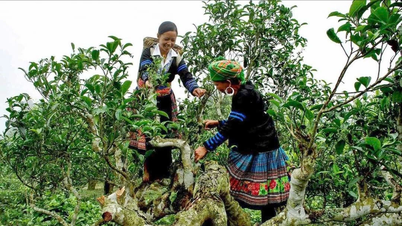
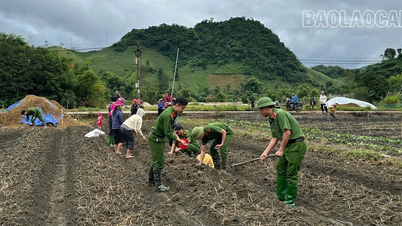
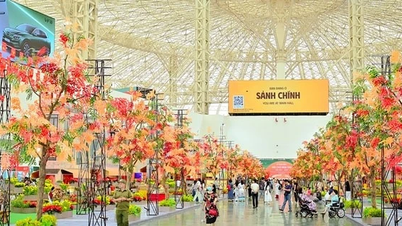

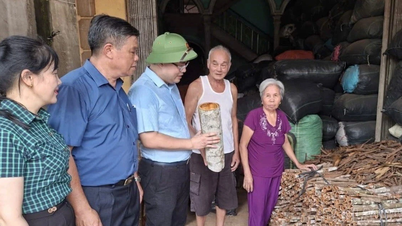


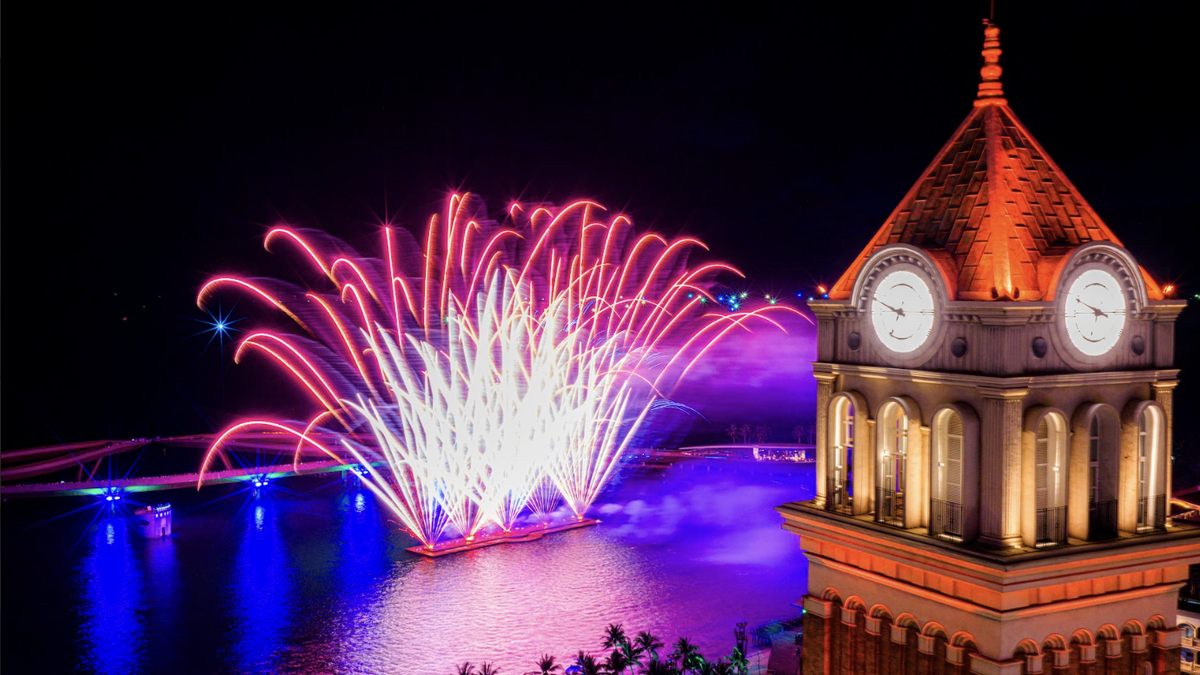








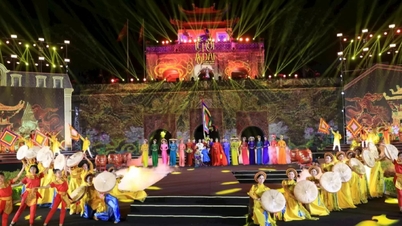

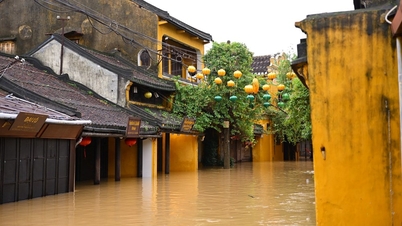
























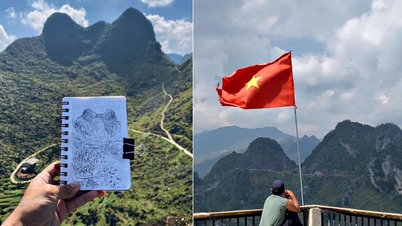




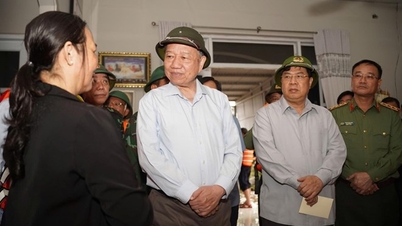







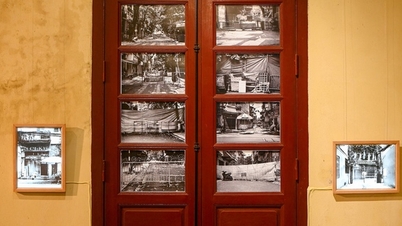


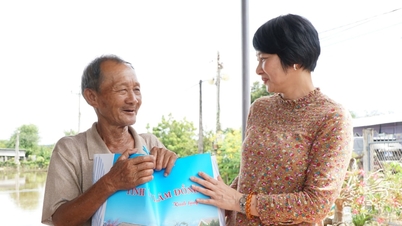






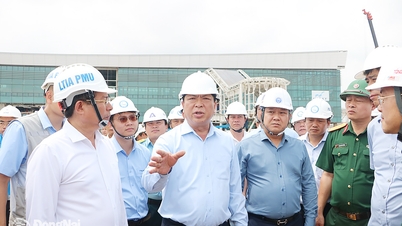















Comment (0)